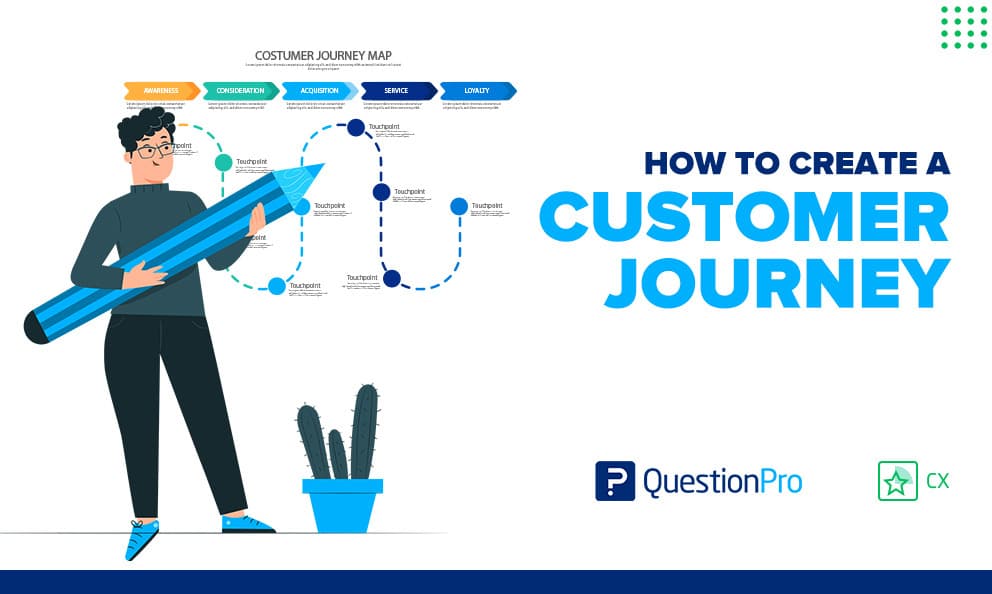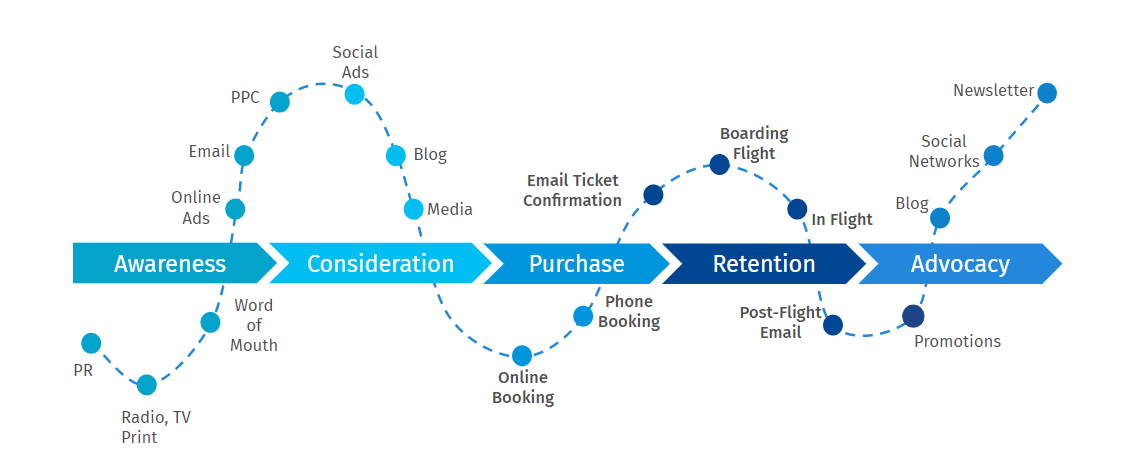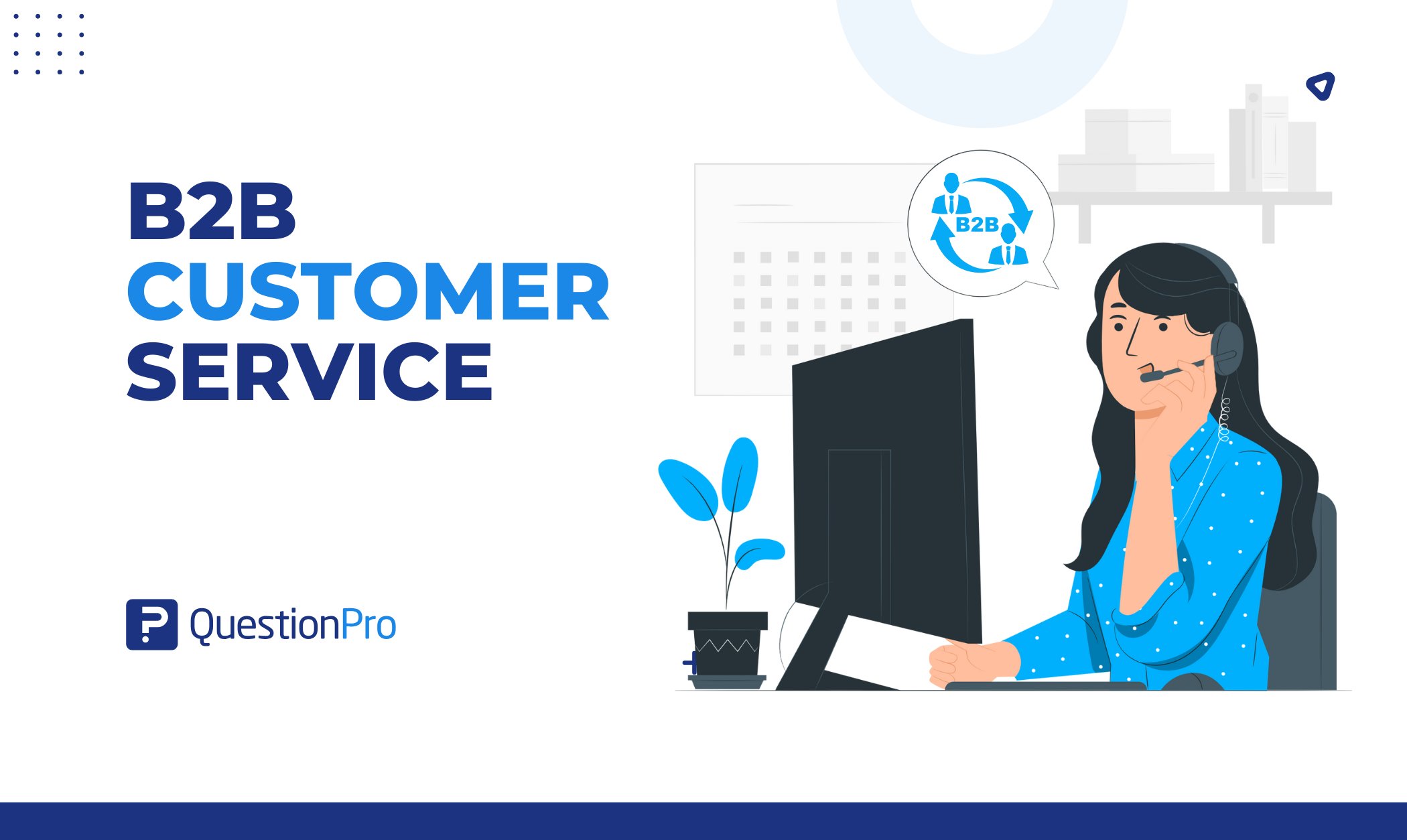
Customers leave brands quicker than they used to, trends indicate. They lose interest mid-way, much sooner than the brands expect they would (if ever)!
This abrupt loss of interest in a product/service is fueled by customers’ sharper awareness and higher expectations, thanks to readily available online resources and social media influence.
Customers keep looking for more engagement, more value, and more memorable takeaways. Today’s consumers know they have options and are not averse to keep trying until they find the dream brand!
That said, superior customer experience is the only differentiator that can convince an informed customer to stay loyal to a brand. A one-size-fits-all CX approach no longer fools anybody, and customers increasingly expect special treatment with every interaction. Enter, custom-tailored processes!
LEARN ABOUT: Retention Rate
What is a Customer Journey Map?
First, the Customer Journey is the summary of everything your customers experience in their relationship with a company. A Customer Journey Map is the company taking a walk in the customer’s shoes! It is a visual representation of the entire customer experience—from start to finish.
Every customer journey map begins with the very first engagement customers had with your company, and the goal is (always) to blossom into a long-term relationship. However, it is not an easy goal, and customer journey maps try to understand what ticks and what doesn’t. It collects insights, encourages a customer-centric shared view across the organization, and understands how to better fulfill customer needs.
Ultimately, the customer journey map answers this question: how do we prepare ourselves to deliver the customer experience our customers desire and deserve?
When does a business need a Customer Journey Map?
To put it simply, a business needs to have its customer journey map in place from the beginning! But I’ll admit this- customer journey maps have a way of never getting done as they are always a work-in-progress. As it should be!
You can set up a customer journey map as soon as you can get hold of some data and afford some research. Mapping your customer’s journey takes more than intuitions and hunches as solid data and behavior analysis should back it.
Why should you create a Customer Journey Map?
So why do you need to create a customer journey map? Apparently, companies that invest time and effort to map their customer experiences enjoy 55% greater success in cross-sales and up-sells. Enough said!
Creating a customer journey map is a unique opportunity for businesses to get into their customer’s heads and gain valuable insights on how a brand is perceived. They’ll also surprise you by inspiring empathy map in your employees, and gain clarity on what buyers want and how they often feel about the process.
Your customer journey map can be as non-fancy as you want it to be! The only rule is that the map ought to make sense to those who’ll be using it. It could be mere sticky notes posted on your boardroom wall and still function well! Listen to this webinar where we discuss how to create a customer journey map in as little as one minute if you are hard-pressed for time! There are way too many companies with bamboozling customer journey maps that burned a hole through the marketing budget for no use! Who would want that?
With adequate understanding and clear KPIs, you can get your mapping done with even a good old excel sheet! You stand to master the customer behavior patterns and roadblocks, equipping you to develop best practices and anticipate customer needs in the future. Frills or not, customer journey maps need to align to only one rule: does it identify holes in CX and fill them with effective touchpoints?
Learn how to create your own customer journey canvas and download our template.
6 Steps to creating your own customer journey map
Step 1: Profile your customer persona
Understanding the buyer’s journey begins with identifying your buyer. What is your customer like? You may think you know your customers and their needs, but how well?
You need to have more than a surface-level understanding of your customer to create an effective customer journey map. Google Analytics is the obvious way to gather some demographic and psychographic data on your average customer. You must approach a customer journey map by thinking like a customer, not an employee of the brand!
Even better, ask your customers what you need to know and they’ll fill the blanks for you. Surveys are a great way to do this. From NPS and CSAT to CES, there are numerous ways to collect feedback from customers and understand them better. Also, data collected directly from your customers illuminates how they came to know of you, what prompted them to select your product/service, and what are the roadblocks they faced in their journey with you.
Once you have collected the required data, you can put together a fictitious customer profile to represent your average customer. You needn’t cram in the characteristics of multiple people into one buyer persona. You can have multiple personas, representing diverse customer bases. And multiple personas would translate to having variants of customer journey maps too. One rule-of-thumb to remember- have one map per persona.
Step 2: Define the behavioral stage and identify their goals
Start from the customer viewpoint, and start at the beginning- the very beginning would be how customers came to know of you.
There are 5 distinct phases in which your potential customer passes through and the goals you have planned for each of these phases would be different. The five phases are Awareness, Consideration, Purchase, Retention, and Advocacy.
While most customers pass through all these phases in one way or another, it cannot be represented in a linear journey from A to B. Most often, customers take a back-and-forth, mix-up, cyclical, or on a multi-channel way to get to the endpoint. Hence, it makes sense to map the behavior distinctly for each of these broader phases and assign a goal for each phase.
If you’re creating your first map, one clever approach is to pick the most common customer persona and map the route they would typically take the first time they’d engage with you. You may map by specific market segments or phases, but it is vital to make your touchpoints purposeful (more on that below) and determine if customers achieve their goals going through this route.
Here’s a glimpse of how it’d look for an Airlines company:

Step 3: List out customer touchpoints
If you don’t figure out your customer’s journey with your company, how can you ever expect to optimize it?
Touchpoints are all the places your customers can interact with you. It refers to any time your customer comes into contact with your company- in any stage of the buying cycle, using any channel, for any purpose.
It is nothing but an end-to-end map of the entire customer journey, from the first touchpoint till the last. The point of this exercise is to analyze how efficiently they are reaching the goals you’ve set for them at each touchpoint/ phase and optimizing these points to perform better.
Not all touchpoints are to be treated equally, as some have a more decisive impact than others. Eg., a dreary delivery can taint the entire shopping experience! That said, you also cannot afford to ignore any touchpoint completely- they are all opportunities to listen to your customers and can be wielded to make the overall journey smooth and seamless.
Step 4: Identify pain points
Do you know that every touchpoint can become a pain point if it isn’t carefully considered? As you map out touchpoints in the customer journey, it is inevitable that you’ll come across bumps and roadblocks. The backbone of creating a customer journey map to improve customer experience is that you find the opportunity to resolve these issues and fix the bumps that customers typically encounter on their journey.
Customer journey maps enable you to be prepared, if not proactive. You can get the pulse of your customers’ motivations, needs, areas of friction, and pain points and plan accordingly.
CX experts advise you to embrace those pain points as only the ones you acknowledge will end up getting resolved. It’s also a good idea to take notes of where you’re currently doing things right, copying the takeaways to the areas that lack, and figure out ways to improve.
It is easy to get carried away with this step and end up optimizing every one of these touchpoints for the sake of optimizing it. The problem with that treatment is that you derail from your ultimate goal of a smoother CX that can result in more conversions and retention. You may have to think twice before choosing to spend efforts on a specific touchpoint and prolong the journey instead of pushing your customers down the funnel. Just saying!
Step 5: Pick a journey and map
One brand can have several different customer journeys, and this is the stage when you pick the journey that is closest to your goals. Finally, you can map the map!
Some brands are better suited to an end-to-end customer journey model, while other brands find that their goals are more closely aligned with a map focusing on a specific part of a certain journey.
More often, they fall under any of these 4 categories- Current State, Day-in-the-life, Future State, and Blueprint customer journey map.
- Current State
This kind of as-is journey maps are widely popular and often used by companies of all kinds. They are best used for continuously improving the customer journey.
As the name indicates, Current State journey maps are all about how customers interact with your business currently- visualizing your customers’ actions, thoughts, and emotions at the moment. It highlights the risks and opportunities in the current state of things and sheds light on actions you may take to improve customer interactions.
- Day in the Life
Focusing on the wider factors that affect a customer’s journey, the day-in-the-life model visualizes everything an average customer experience on a daily basis, whether or not that applies to your brand. This is a great way to address unmet customer needs even before the customers themselves realize what they want!
Day-in-the-life customer journey maps identify typical buyers’ patterns in relation to your company and illuminate valuable insights to improve communication and customer retention.
- Future State
While useful, Future State customer journey maps are the lesser-popular cousins of Current State journey maps. The focus here is on predicting and setting up an ideal process for the customers in the future. This is done by estimating customers’ actions, thoughts, and emotions in their future interactions with the company.
Future State customer journeys best used to illustrate the company’s vision and align CX with the company’s goals for the future. This model comes handy in uncovering new opportunities for the business to enhance CX.
- Blueprint
Also called the Service Blueprint customer journey maps, this is a master plan that brings together your business’s journey with that of the customer journey. Built on top of any of the other three customer journey types, the Blueprint model is an advanced map that creates a single, organization-wide understanding of where they want to go.
This is the in-between plan that bridges a customer journey map to an actual organizational change. More than being a fourth type of customer journey maps, Service Blueprint can be better described as a counterpart, made for employees.
LEARN ABOUT: Service Blueprint
Step 6: Determine the course of action/recommended changes
The highlight of a good customer journey map is how it helps businesses come up with lasting solutions and attain higher customer retention rates. You can learn all about it in this engaging webinar.
Tracking the emotional and physical process of every customer is a laborious task, but one with assured impact on the CX journey. Now that we have broken down the customer journey into bite-sized phases and ensured that each step is aligned with a measurable goal, the only step left is to restructure the touchpoints to reach the goals faster.
The aim is to refine products and services, maximizing customer success. Every recommended action and plan formulated at this step is supported by real customer experiences, making them almost invincible. This is where the map comes full circle!
Wrapping up…!
Customer journey maps needn’t be unnecessarily complicated. All said and done; the map is pointless if no one wants to use it! A poorly constructed map will only confuse and misalign the team.
When done well, customer journey maps can beat organizational silos and bridge multiple departments within the company to seamlessly create a better customer experience. They can serve your team well for a good couple of years and remain a long-term asset across all developments.
Customer journey maps also come handy to predict brand success and foresee customer behaviors so that companies can plan in advance. At the end of the day, it is another effective way to deliver personalized and highly relevant experiences to customers- just what we are all looking for!
QuestionPro offers some of the most advanced customer experience tools available. Gain valuable insights into your customers’ thoughts and feelings using QuestionPro CX software today.







